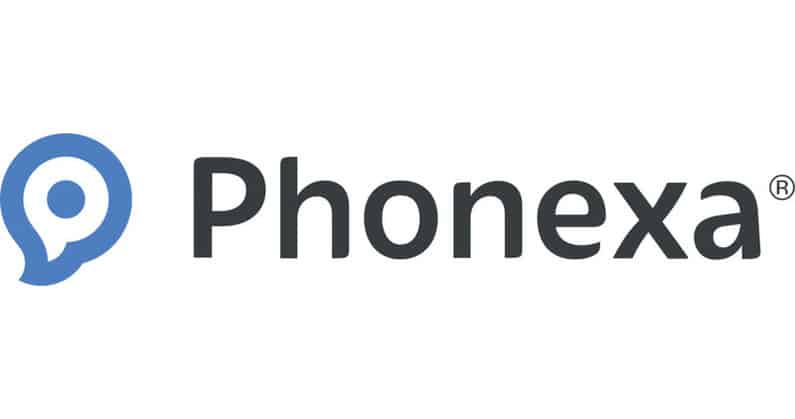Before we begin, let’s get a sense of when the built app would be released and who would be able to do so on Google Play. When we want to make our software accessible worldwide, we search for the most users’ sites. As a result, Google Play might be an excellent forum for this. It allows you to publish your applications quickly and easily, with a lot of flexibility. In and by itself, Google Play has a wide range of features. As a result, if you want to stand out and have your application noticed, you must have something unique and appealing in your application. When it comes to releasing an application on the Google Play Store, we all have many concerns. But don’t worry, it’ll be as easy as a cakewalk. Read more about, what effect the bitcoin mining essentials.
What Moves Do You Need To Take To Get The App Published?
- First and foremost, the framework must be well-developed and reviewed before you can submit and publish it.
- Next, go to Google Play Console and build a developer’s account. You will get official approval to launch the applications as a part of this phase. Yes, it will allow you to publish applications from any location and at any time.
- After you’ve created your developer account, you’re ready to go. Now you must first mention the title of your application before going into detail about it. Your app’s description should be succinct and to-the-point. It is expected to include keywords that will aid in the visibility of your app in user searches.
- After that, you’ll want to add the screenshots from your appointment. The best way to advertise something is to demonstrate how it can be used. You could include screenshots that finest portray the app and encourage users to download it.
- Getting the app’s ranking is almost as essential as getting it out there. You must guarantee that the consumers are not frustrated, which means that you must ensure that their questions are answered. You must ensure that you are addressing all of their inquiries and persuading them to do this.
- The most critical step now is to choose the application’s type. It may be a game, an educational program, or something else entirely. It is essential to pick the right app category. It would have a substantial influence on the number of installs for your game. It will not reach out to those who need it unless and until you select the appropriate category. As a result, selecting the appropriate category would increase the likelihood of the product being downloaded by consumers.
- The next and most important step in publishing your app is to state your privacy policy clearly. Users do not allow their personal information or anonymity to be compromised. As a result, double-check if you’ve made the statements around user identity criteria crystal obvious. It will also be beneficial to explain why the user’s data is needed. You must therefore reassure consumers that their information will not be exploited for your commercial gain or benefit.
- Now that you’ve completed all of the necessary preparations, you’re able to begin adding your Android application’s APK. The abbreviation APK stands for Application Package.
- At long last, you’re free to go. You should apply a premium to the application if you choose to offer it for a certain fee.
What Do You Double-Check Before Publishing Your Android App On Google Play?
- First and foremost, ensure that the program is running properly and that you have followed all of the measures correctly.
- Double-check that the program is free of glitches and that all of the buttons and functions are working properly.
- Double-check if the code is up to date and in the right place. Check the code in a simple manner.
- Double-check if you’ve built the release edition of the APK before submitting it to the Google Play Store.
- Double-check if you’re using keywords, in summary, to make things easier to find and that the title is right.
- You could take screenshots that are self-explanatory. They must explicitly demonstrate the application’s intent.
- Finally, review the privacy policies and ensure that no concerns emerge in the future.

